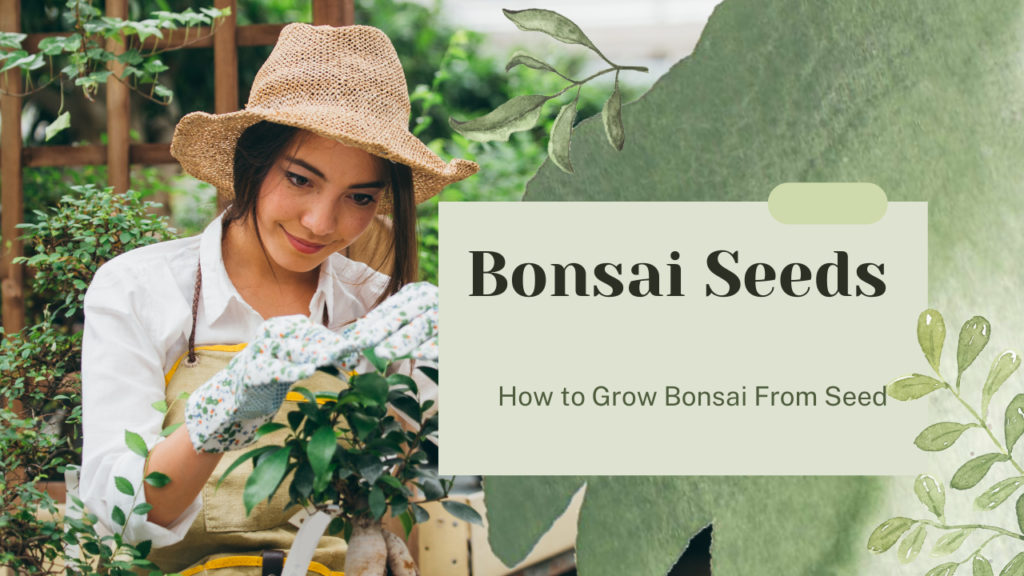Bonsai, a word that often conjures images of miniature trees in picturesque pots, is an art form that has its roots deeply embedded in ancient Chinese culture. A common misconception is that there are specific “bonsai seeds” that give birth to these miniature trees. In reality, there’s no such thing as a bonsai seed. That’s because bonsai trees are not a distinct species of dwarf trees.
Instead, they are regular trees and shrubs that have been cultivated and trained through various techniques to maintain their miniature size and mimic mature, full-sized trees. The seeds used for bonsai are simply tree seeds. What transforms them into bonsai is the artistry, techniques, and care applied over years, sometimes even decades.
Starting your bonsai journey by growing a tree from seed is a deeply rewarding experience. It allows you to be a part of the tree’s life from its very beginning, guiding its growth, shaping its form, and witnessing every twist and turn in its life story.
In the following sections, we’ll delve deeper into the steps and nuances of growing and training a tree seed into a beautiful bonsai masterpiece. Whether you’re a seasoned gardener or a curious beginner, this journey promises to be a meditative and enlightening experience, connecting you with nature like never before.
How to Grow a Bonsai from Seedlings 🌱🌳
Follow this guide to nurture a seedling into a beautiful and mature bonsai tree.
Seeds, bonsai-specific soil mix, container with drainage holes, bonsai wires
Refrigerator, plastic bag, damp paper towel, pruning shears
6 months
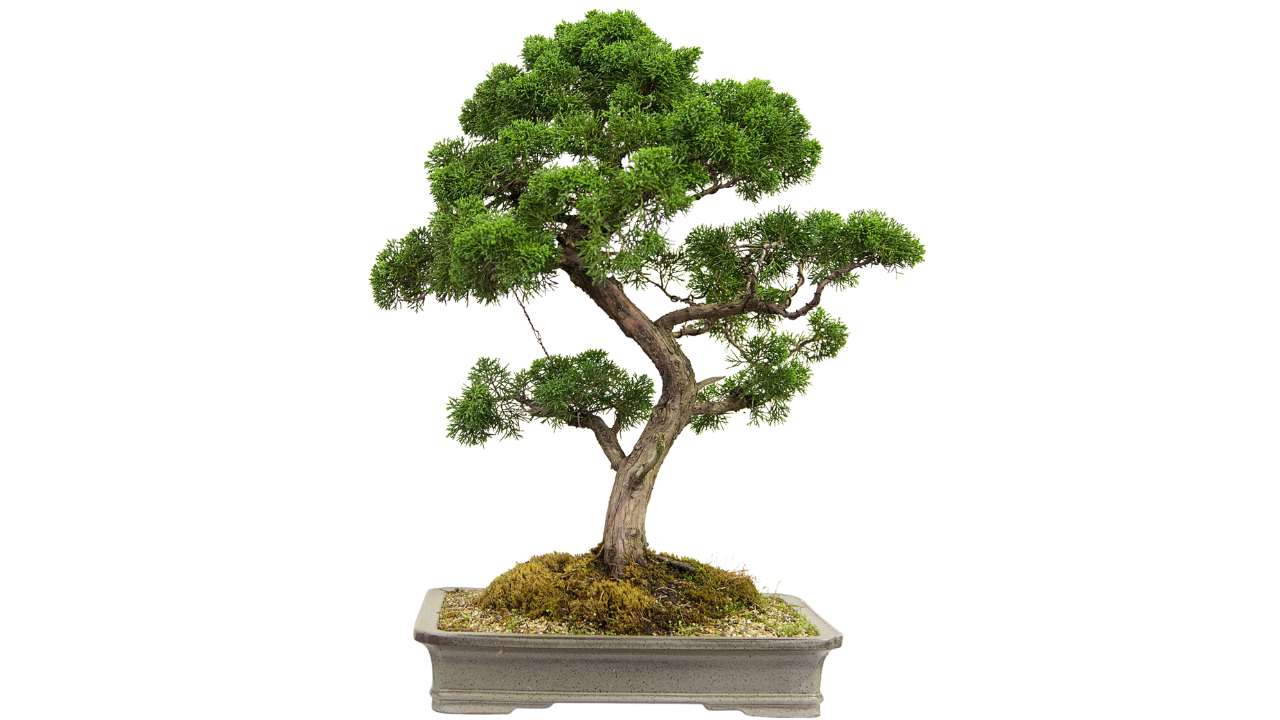
1. Choosing the Right Seeds 🌰🔍
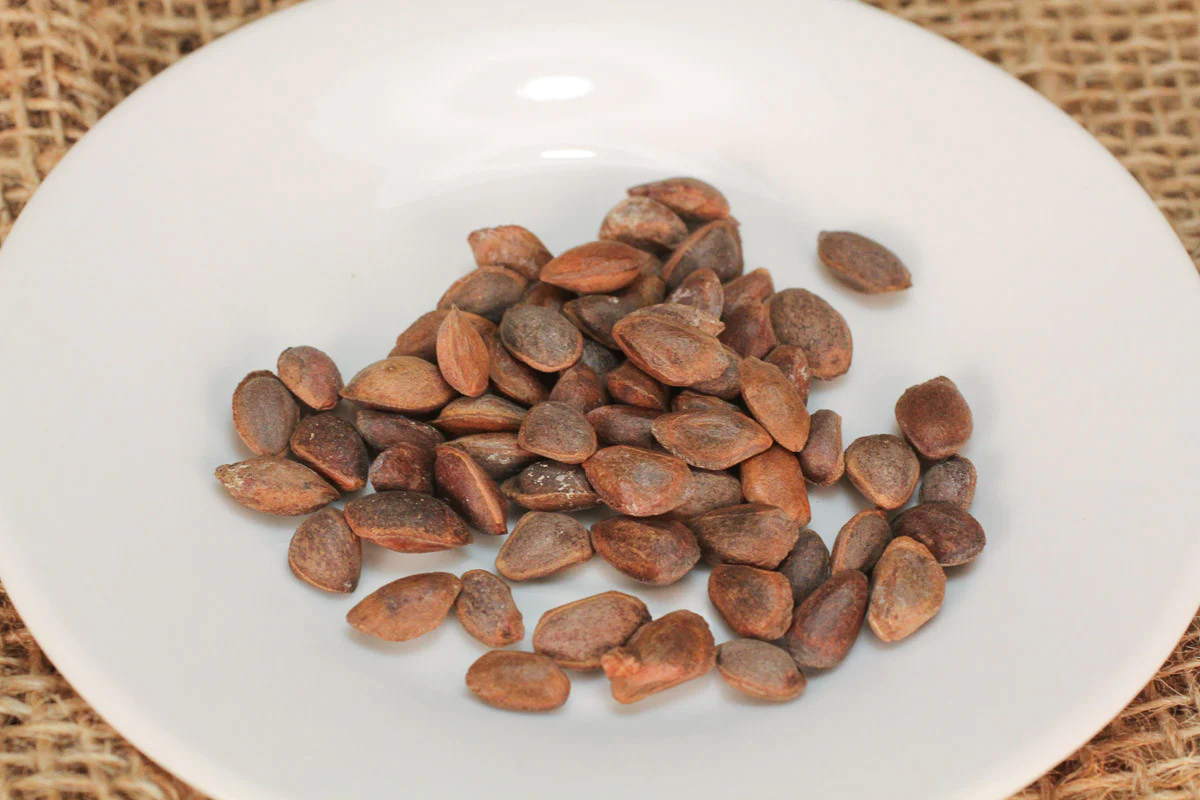
Begin by selecting the appropriate seeds for your region and climate. Some popular choices include Japanese maple, Scots pine, and Japanese black pine.
Ensure that the seeds are fresh and sourced from a reputable supplier.
2. Preparing the Seeds 🌊❄️
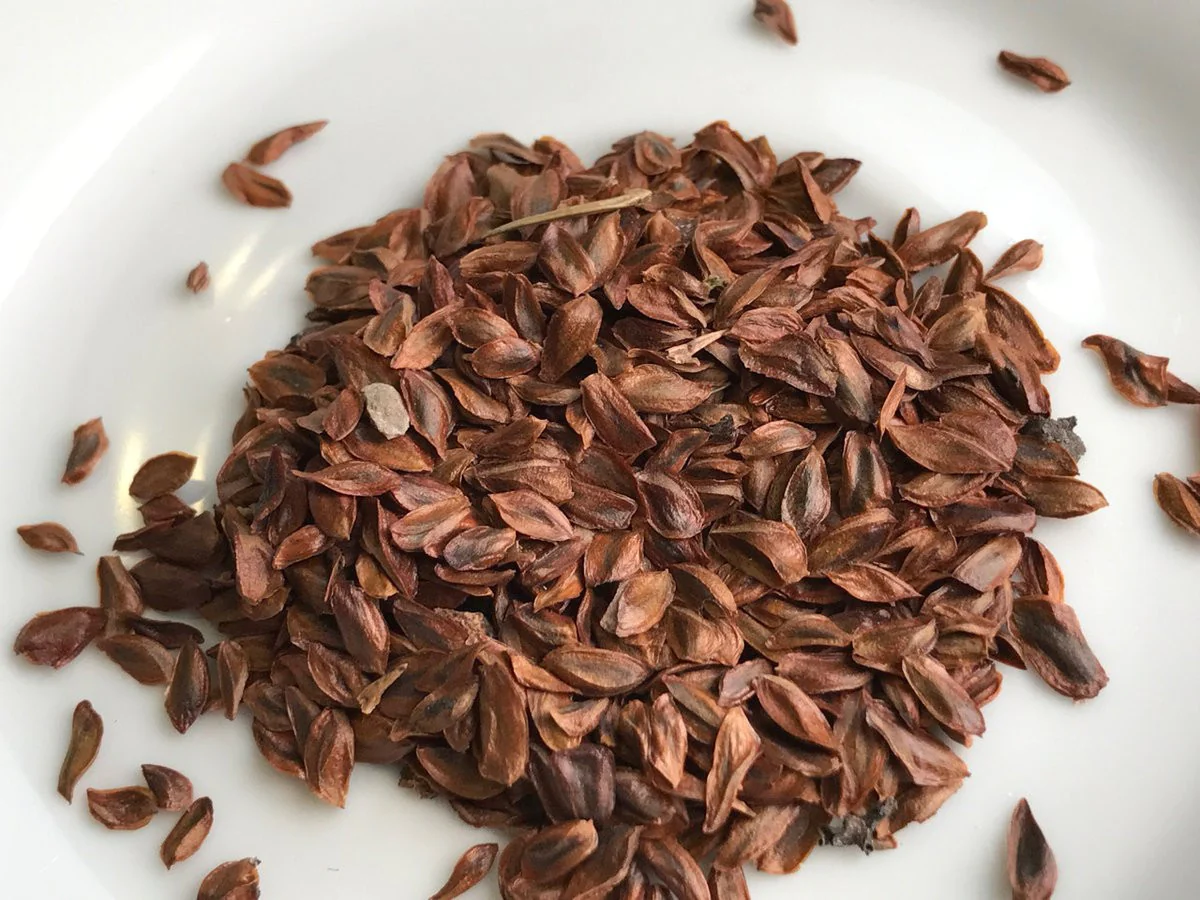
Bonsai seeds have a hard outer shell that needs to be softened. This process is called stratification.
Soak the seeds in water for 24 hours. This helps in softening the outer shell.
Place the seeds in a plastic bag with a damp paper towel and refrigerate them for a few weeks. This mimics the natural winter conditions and helps in breaking seed dormancy.
3. Planting the Seeds 🌱🌍
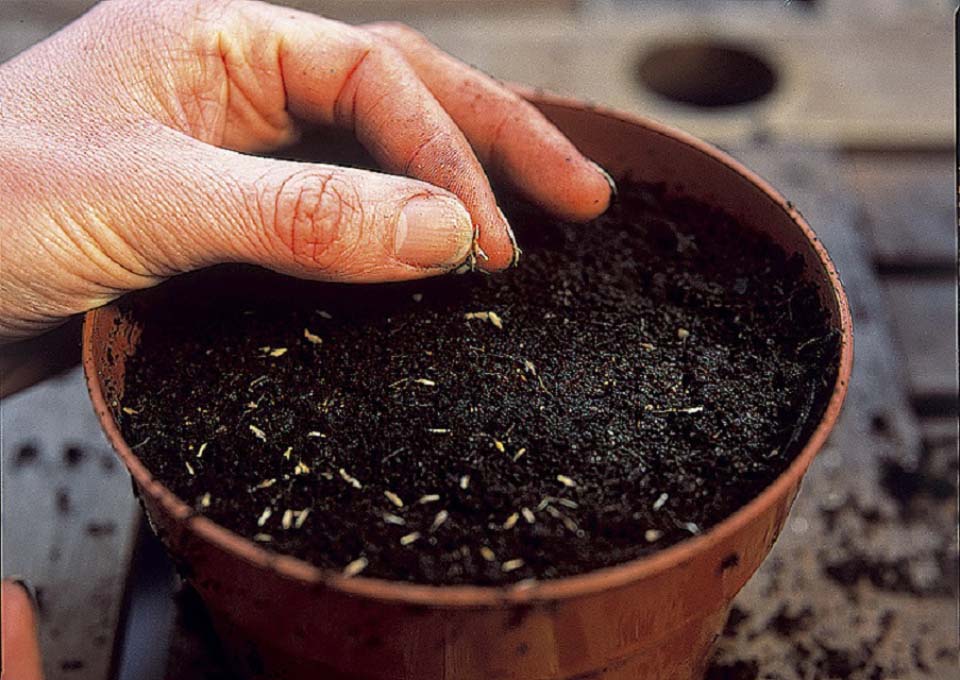
Choose a suitable container with drainage holes.
Fill the container with a bonsai-specific soil mix, which provides the right balance of water retention and drainage.
Plant the seeds about an inch apart and cover them lightly with soil.
Water the soil gently to ensure it’s moist but not waterlogged.
4. Caring for the Seedlings 🌞💧
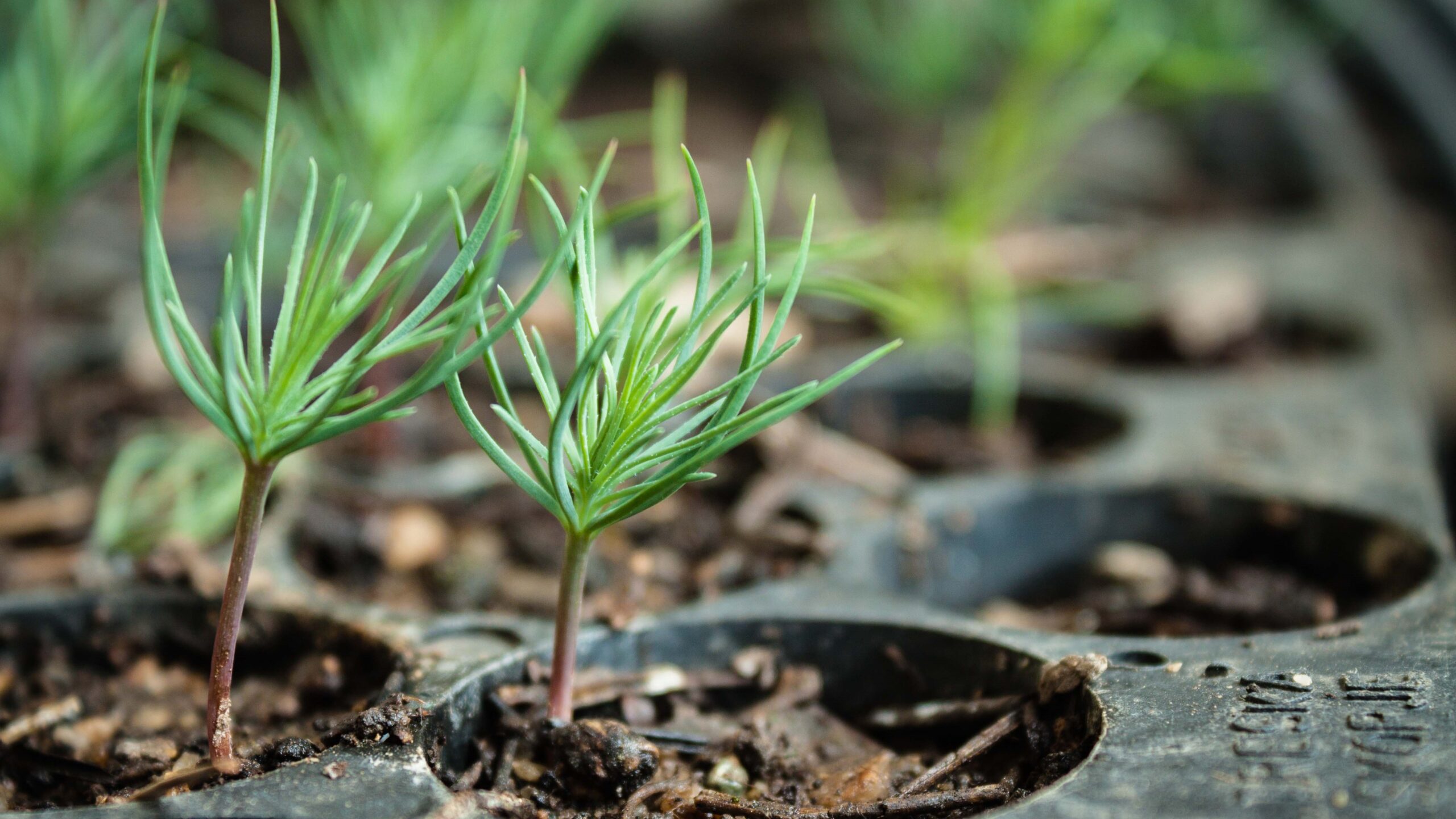
Place the container in a location with indirect sunlight.
Keep the soil consistently moist but avoid overwatering.
As the seedlings grow, ensure they are not overcrowded. If necessary, thin out weaker seedlings to give the stronger ones more space to grow.
5. Transplanting the Seedlings 🌳🔄
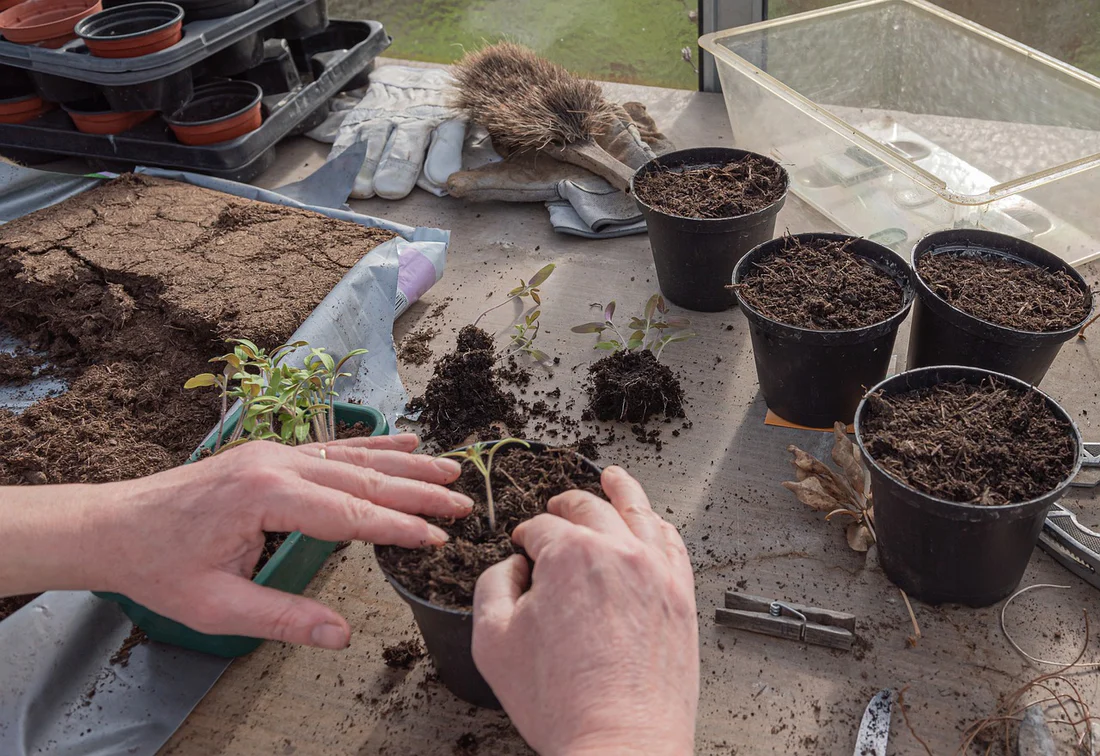
Once the seedlings have grown a few inches tall and have a robust root system, they are ready to be transplanted.
Choose a larger container or a bonsai pot for transplanting.
Gently remove the seedlings from the original container, ensuring you don’t damage the roots.
Plant them in the new container with fresh bonsai soil, ensuring the roots are spread out and not cramped.
6. Training and Shaping 🌳✂️
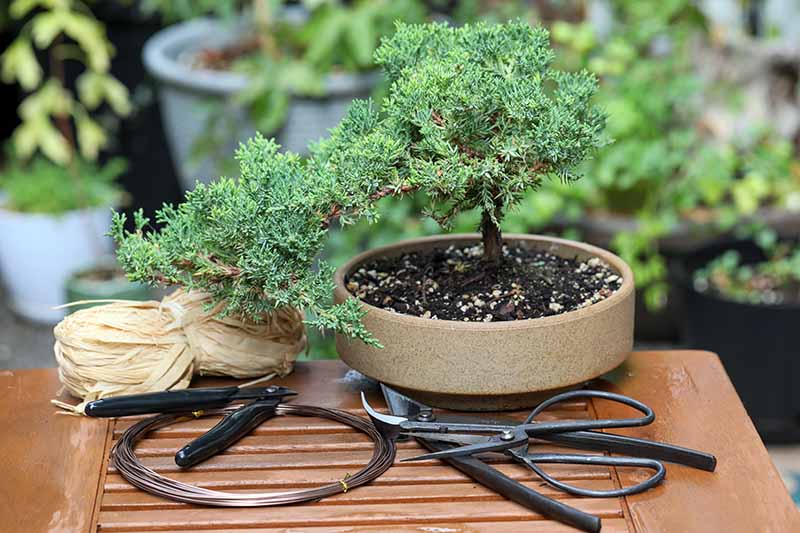
As your bonsai grows, you’ll need to train and shape it to achieve the desired form.
Use bonsai wires to guide the branches and trunk in the desired direction.
Prune the branches and leaves to maintain the shape and size of the bonsai.
Regularly inspect for pests and diseases, and treat them promptly if detected.
7. Final Care and Maintenance 🌳💚
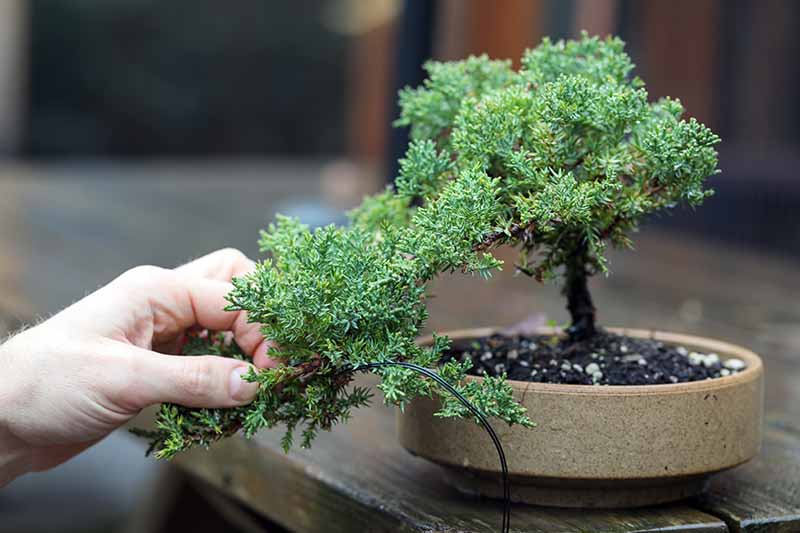
Continue to water, fertilize, and prune your bonsai as needed.
Monitor the growth and adjust the training wires as necessary to avoid cutting into the bark.
Enjoy the beauty and tranquility of your bonsai tree, knowing that you’ve nurtured it from a tiny seedling!

Germination Guide for Bonsai Seeds
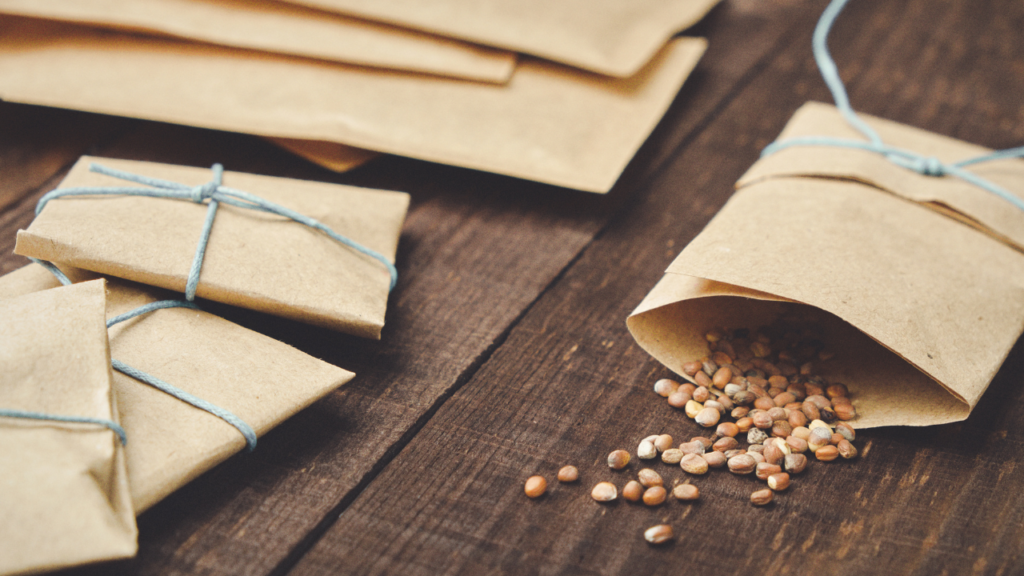
1. Seed Stratification:
- Species: Japanese Maple, Juniper, and Pine.
- Process: These seeds require a cold stratification period to break dormancy. This mimics the natural winter conditions these seeds would experience in their native habitats.
- Steps:
- Place the seeds in a container with some damp sand or vermiculite.
- Seal the container and place it in the refrigerator for 1-3 months.
- Check periodically to ensure the medium remains damp but not wet.
2. Direct Sowing:
- Species: Ficus and Jade.
- Process: These seeds can be sown directly in the soil without any pre-treatment.
- Steps:
- Fill a pot with a well-draining soil mix.
- Place the seeds on the surface and lightly press them into the soil.
- Water gently to ensure the seeds are in contact with the soil.
- Place the pot in a warm, bright location but out of direct sunlight.
3. Soaking:
- Species: Azalea.
- Process: Soaking helps to soften the seed coat, allowing for faster germination.
- Steps:
- Place the seeds in a bowl of warm water.
- Let them soak for 24 hours.
- After soaking, sow the seeds in a pot with a well-draining soil mix.
General Tips:
- Watering: Keep the soil consistently moist but not waterlogged.
- Temperature: Most bonsai seeds germinate best at temperatures between 70°F to 85°F (21°C to 29°C).
- Light: Once the seeds have sprouted, ensure they receive adequate light. A south-facing windowsill or artificial grow lights can be used.
- Transplanting: Once the seedlings have developed a few sets of true leaves, they can be transplanted to individual pots or directly into the ground.
Remember, patience is key when germinating seeds. Some species may take longer than others to sprout. Ensure you provide the right conditions and care for the seedlings as they grow.
Note: This guide is based on general practices for the mentioned species. It’s always a good idea to refer to specific care instructions for each species or consult with a bonsai expert for best results.

FAQs
What is bonsai?
Bonsai is the art of cultivating miniature trees that mimic the shape and style of mature, full-sized trees. It originated in ancient China and was later refined in Japan.
Can any tree be used for bonsai?
While many trees can be used for bonsai, not all are suitable. It’s essential to choose species that have naturally small leaves or needles to maintain the tree’s proportion in its miniature form.
Are there special bonsai seeds?
No, there’s no such thing as a bonsai seed. Bonsai trees are regular trees and shrubs that have been cultivated and trained to maintain their miniature size. The seeds used for bonsai are simply tree seeds.
How long does it take to grow a bonsai from seed?
Growing a bonsai from seed is a long-term commitment. It can take several years before the tree is mature enough to start training. The entire process, from seed to a fully styled bonsai, can take many years or even decades.
